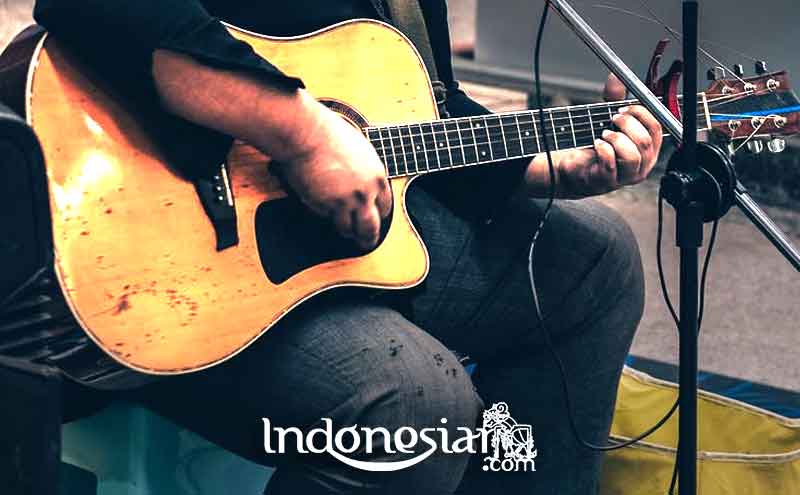Wirun Village is one of the villages in Indonesia, which is located east of the city of Solo. The location of this village is about 10 km from the eastern city border. Having fertile land and abundant water sources from the embung, the average livelihood of the residents is farming and craftsmen.
The tradition of making Javanese gamelan in Wirun has been since 1956. With the ebb and flow of market demand, now only 8 home gamelan workshops remain. Each workshop generally employs about 9 craftsmen to produce a complete set of gamelan instruments.
Javanese gamelan is a set of traditional musical instruments which usually consists of gong, kenong, xylophone, celempung and several other accompanying musical instruments. The specialty of Javanese gamelan music is its tendency to have a soft voice, such as deliberately presenting an atmosphere of peace of mind and in harmony with the principles of life of Javanese society in general.
Javanese Gamelan instruments are an expression of the Javanese way of life. In general, Javanese people emphasize harmony in life both physically and spiritually. This factor makes Javanese people always avoid excessive expression and try to create tolerance among others.
Reliefs of Borobudur and Prambanan Temples
Gamelan born in Java for the first time was Gangsa Raras Salendro. Mentioned in the article, Raden Ngabehi Prajapangrawit in 1874 collected from several sources, including information from Gusti Puger, son of P.B. XII, and Serat Wedhapradangga from Keraton Surakarta which were first written by Raden Tumenggung Warsadiningrat.
Another source about the existence of Javanese gamelan is seen in the reliefs at Borobudur and Prambanan temples. In some parts of the walls of Borobudur Temple, you can see the types of gamelan instruments, namely: a strappy drum that is worn around the neck. Kendang is shaped like a pot, siter and kecapi, cymbals, suling, saron and gambang.
At Lara Jonggrang Temple (Prambanan) you can see relief images of cylindrical drums, convex drums, pot drums, cymbals and flutes. There it is described that gamelan is used as a dance accompaniment, royal or religious ceremonies.
Gamelan production from Wirun Village is marketed to various regions in Indonesia, even being ordered by foreign enthusiasts. However, the gamelan production process is still traditional, relying on the strength and skill of the human hand. The process itself is quite complicated, requiring great skill, accuracy and high “flight hours” to produce a good quality gamelan device.
The gamelan production process consists of 4 jobs. Namely; iron work, wood, leather and finishing. The hardest job is iron work because it requires extra energy and high accuracy. Initially, tin and copper were smelted in a furnace made of clay. This process takes about 30 minutes depending on the quality of the metal and the temperature of the flame
After the two metals have melted, they are poured into the mold. The popular term for the printout is leker. After cooling the plug is removed from the mold. Gamelan craftsmen then forge it to form one of the iron components of the gamelan. This forming process time depends on the size and quality of the device being made.
The next process is tuning the gamelan tone according to the sound standards of the Javanese gamelan pentatonic scale. This stage is done by special craftsmen because it takes a sense of hearing to produce an accurate tone level.
There are some special techniques for working with gamelan tones so that the settings last a long time and don’t need to be repeated. The next stage of wood work is to tie and hold iron components, bamboo material is also used for several gamelan instruments. In addition, there are also materials from animal skin, namely buffalo and goat skin for the drums.
Next is the surface coloring of each gamelan device and polishing it to make it look attractive. The time to manufacture a set of Javanese gamelan instruments consisting of 14 devices can take 3-4 months.
About the price usually depends on the size and number of devices ordered. Gamelan workshops in Wirun village also serve unit orders. A complete set of Javanese gamelan costs around 300 million rupiah. When using good quality materials it can reach a price range of 600 million rupiah. Come on, get interesting information and add insight from Indonesiar.com.































